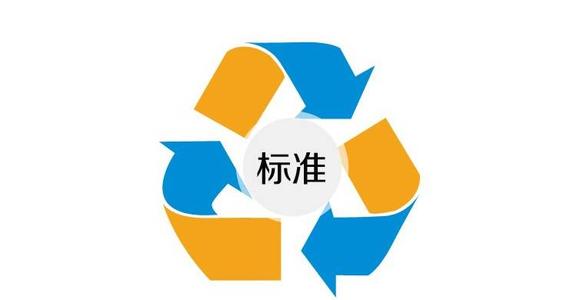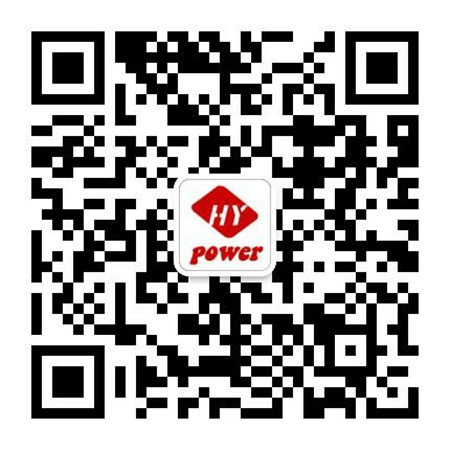任何电气设备的生产制造,都必须遵守当地的电气标准,否则您的产品到了客户手中将无法使用,想要了解常见国际电气标准,深圳弘翼变压器厂家---专业电气工程师为您详细解读:

ANSI (美国国家标准协会)
American National Standards Institute. Anindustry body that publishes standards, such as standards developed by the IEEE.
CENELEC (欧洲电工标准委员会)
This is the European acronym for the European Committee for Electrotechniacal Standardization. The European technical organization responsible for coordination of standards for safety and electromagnetic emissions for electrical equipment in the European Economic Community (EEC).The EEC(欧共体) is working toward having a uniform set of standards that will apply for all EEC countries.
CSA (加拿大标准化组织)
Canadian Standards Organization. This is a Canadian government organization that evaluates the safety of electrical equipment.
It is not legal to sell electrical equipment in Canada without CSA approval (although such sales occur frequently).
The standards and test procedures of the CSA are similar to but not identical to those of the UL in the USA. Equipment is not CSA approved unless it bears the circular CSA mark.
CISPR22(欧洲射频电磁标准)
This is European Community standard specifying the limits of radio frequency emissions which appliances and other electrical equipment are allowed.
The standard indicates the maximum allowable emissions either radiated or conducted via the power cord at various frequencies.
Some countries still use the older VDE0871 emission standards,which are nearly identical.In the USA,the FCC has a similar standard.
EN50-091(欧洲UPS系统安全测试标准)
A European test standard for UPS system safety. Supercedes and is a superset of the IEC950 standard formaerly used for UPS testing.
In addition to the typical safety tests found in the IEC950 standard, this standard includes special sections on batteries and other safety concerns specific to UPS sytems.
UPS products are normally certified to this standard by VDE, TUV, SEMKO or other authorized certification body.
Many vendors whose products do not meet this standard nevertheless claim compliance with the standard. Therefore it is very important to make sure that an authorized certification body has certified the product.
FCC(美国联邦通讯委员会发布的计算机设备电磁噪声及射频干扰标准)
The U.S. Federal communications Commission specifies the maximum amounts of conducted noise signals (EMI) and radio frequency interference (RFI) that computer equipment is permitted to generate in Part 15 of the FCC Rules and Regulations.
These limits are set in order to prevent computer equipment from interfering with the operation of radio and television receivers. Two different limits have been set, depending on the typical application and marketing of the computer equipment. The class "A" FCC limits are for equipment intended for use in commercial and industrial environments. The more
IEC (国际电工委员会)
The International Electrotechnical Commission. Aninternational organization that writes standards for safety for electrical and other equipment.
Many IEC standards were adopted from the German VDE, which was the main historical standards-writing body in Europe. One goal of the IEC is to harmonize differing standards between European countries to facilitate free trade.
The U.S. Underwriters Laboratories (UL) and the Canadian CSA are members of the IEC and it is likely that UL and CSA standards will also converge with the IEC standards in the future.
IEEE(电机与电子工程师学会 )
Institute of Electrical and Electronic Engineers. A professional society and standards writing body for the U.S. Electronics industry.
IEC-320(国际电源连接标准)
An international power connector standard developed by the international Electrotechnical Commission (IEC) used mainly with input power cordsets.
It is possible when using cordsets which incorporate this connector to connect power to a product with any of nine different cordsets so that the product can be easily modified to operate anywhere in the world.
IEC950(国际数据处理安全标准)
An international standard for safety or data processing and related equipment. IEC950 specifies rules regarding construction, insulation, and safety features of computer equipment. Ordinarily, a product tested by TUV or VDE is checked for compliance with IEC950.
IEEE (电机与电子工程师学会)
Institute of Electrical and Electronic Engineers. A professional society and standards writing body for the U.S. Electronics industry.
IEEE C62.41(电气浪涌环境定义标准)
The U.S. Federal communications Commission specifies the maximum amounts of conducted noise signals (EMI) and radio frequency interference (RFI) that computer equipment is permitted to generate in Part 15 of the FCC Rules and Regulations.
These limits are set in order to prevent computer equipment from interfering with the operation of radio and television receivers.
Two different limits have been set, depending on the typical application and marketing of the computer equipment. The class "A" FCC limits are for equipment intended for use in commercial and industrial environments. The more
IEC (国际电工委员会)
In this IEEE standard (formerly called IEEE 587),the surge environment to which electrical equipment is exposed is defined. Using data collected over many years, this standard describes the type, magnitude, and frequency of electrical surges that are likely to be found at various points on the wiring within a building.
The standard defines standard surge voltage waveforms which represent the worst surges to be expected, and recommends that equipment be designed to survive the application of the test waveforms. A "Category A" waveform is defined which consists of a 6000V, 200A, 500KHZ ringing voltage waveform. This waveform is the worst case waveform which is expected to be found at user wall receptacles. Two "Category B" waveforms are defined, including a 500A version of the Category A waveform as well as a 6000V 5000A unipolar pulse waveform.
These waveforms are described as the worst case waveform which is expected to be found at a circuit breaker panel box or on wiring that goes outside the building.
"Passing the IEEE test" is a commonly used term which means simply that the UPS or surge suppressor survived application of the test voltage; it says nothing about any level of protection which the UPS or surge suppressor might provide to the loads that it is supposed to protect. Most simple extension cord "Pass" the IEEE test, yet provide no protection from surges.
The protective performance of a UPS or surge suppressor is measured by the peak "let through" voltage which the unit allows when subjected to the IEEE test waveforms. For this test, the Category A test waveform is usually used since it is more representative of the users actual environment.
TUV(德国安全测试库)
TUV is a safety testing laboratory with headquarters in Germany. TUV can test products for compliance with IEC or VDE requirements. Products that bear the TUV insignia have been tested by TUV for compliance with applicable standards for sale in the European market.
VDE(德国电气工程师研究所)
VDE is the German institute of Electrical Engineers. This association has written many standards for electrical equipment. By agreement, Germany and all EC countries now use IEC testing standards, which have in many cases been derived from historic VDE standards. In areas where there is no applicable IEC standard, the EC has standards known as "EN" standards. VDE tests products to IEC or EN specifications.
VDE 0871(德国射频标准)
A German standard specifying limits of conducted or emitted radio frequency interference permitted from electronic equipment. By agreement with the other EC countries, this standard is now replaced by the EN emmision standard also called the CISPR 22 standard.
VCCI(日本自动控制产品标准)
The Japanese Voluntary Control Couneil for Interference. This Japanese industry association certifies compliance of equipment sold in Japan to the international CISPR 22 emission standards.
There is no legal requirement to have VCCI compliance to sell in Japan, but the VCCI label has become recognized as an indication of produce quality and is required by many Japanese customers.
UL(电气安全或安全设备库)
Underwriters Laboratory. This private organization was originally founded as a result of the need for insurance companies to help consumers choose safe electrical and safety equipment.
UL evaluates equipment submitted to them by the equipment manufactruer using standards which UL has written for the equipment category.
Equipment which is evaluated and found to meet the safety requirements is either UL listed or UL recognized. Many insurance companies and local electrical codes in the U.S. require that installed electrical equipment be UL Listed.


 合作咨询
合作咨询 客服1
客服1  客服2
客服2